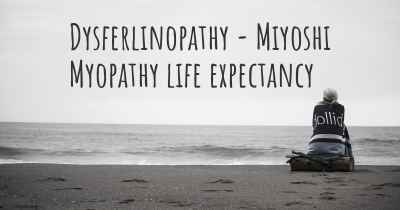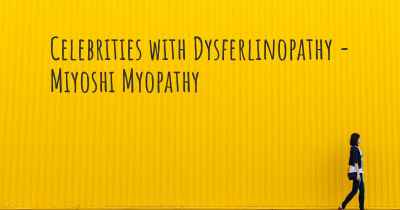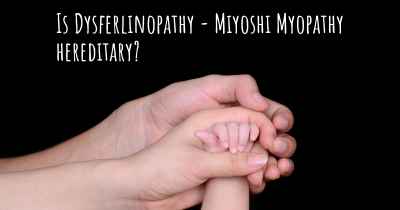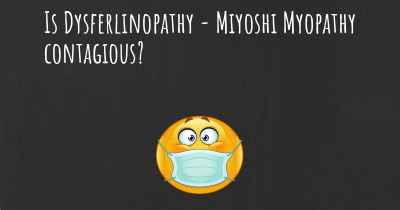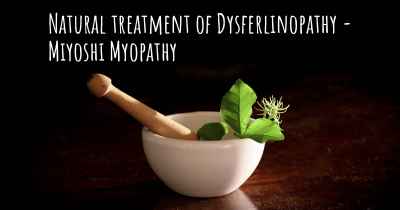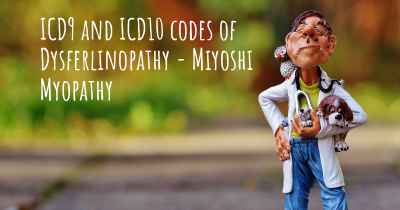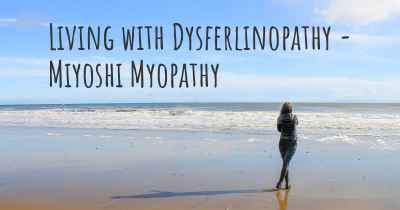Is it advisable to do exercise when affected by Dysferlinopathy - Miyoshi Myopathy? Which activities would you suggest and how intense should they be?
See if it is advisable for people with Dysferlinopathy - Miyoshi Myopathy to practice sports and which ones are the most recommended if you have Dysferlinopathy - Miyoshi Myopathy
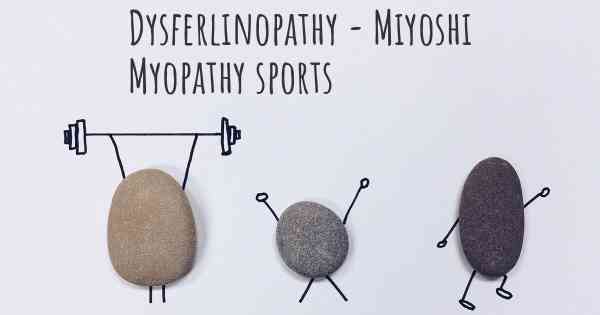
Dysferlinopathy - Miyoshi Myopathy and Exercise
Dysferlinopathy, specifically Miyoshi Myopathy, is a rare genetic muscle disorder that affects the production of a protein called dysferlin. This protein plays a crucial role in maintaining the integrity and function of muscle fibers. Individuals with Dysferlinopathy experience progressive muscle weakness and atrophy, particularly in the lower limbs.
When it comes to exercise and Dysferlinopathy, it is important to approach physical activity with caution. While exercise can have numerous benefits for overall health and well-being, it is crucial to tailor the activities to the individual's specific condition and limitations. Consulting with a healthcare professional or a physical therapist who specializes in neuromuscular disorders is highly recommended before starting any exercise regimen.
The Benefits of Exercise
Engaging in appropriate exercise can provide several benefits for individuals with Dysferlinopathy - Miyoshi Myopathy:
- Maintaining muscle strength: Regular exercise can help slow down the progression of muscle weakness and atrophy by maintaining muscle strength and function.
- Improving mobility: Certain exercises can enhance flexibility, range of motion, and overall mobility, making daily activities easier to perform.
- Enhancing cardiovascular health: Low-impact aerobic exercises can improve cardiovascular fitness, which is important for overall health and stamina.
- Boosting mental well-being: Engaging in physical activity can have positive effects on mental health, reducing stress and improving mood.
Recommended Exercises
While each individual's exercise program should be personalized, there are several types of exercises that are generally considered safe and beneficial for individuals with Dysferlinopathy - Miyoshi Myopathy:
- Low-impact aerobic exercises: Activities such as walking, stationary cycling, swimming, and water aerobics are gentle on the joints and can improve cardiovascular fitness without putting excessive strain on the muscles.
- Resistance training: Light resistance exercises using resistance bands or light weights can help maintain muscle strength. It is important to start with low resistance and gradually increase as tolerated.
- Stretching and flexibility exercises: Gentle stretching exercises can help improve flexibility and range of motion, reducing the risk of muscle contractures and stiffness.
- Balance and coordination exercises: Activities that focus on balance and coordination, such as tai chi or yoga, can help improve stability and reduce the risk of falls.
Exercise Intensity and Safety
When it comes to exercise intensity, it is crucial to strike a balance between challenging the muscles and avoiding overexertion. The intensity of exercise should be individualized based on the person's current fitness level and disease progression. Here are some important considerations:
- Start slow and gradually progress: Begin with low-intensity exercises and gradually increase the duration and intensity as tolerated. It is important to listen to the body and not push beyond its limits.
- Pay attention to fatigue: Individuals with Dysferlinopathy may experience muscle fatigue more quickly than others. It is important to rest when needed and avoid pushing through excessive fatigue, as it may lead to muscle damage.
- Monitor for muscle soreness: Mild muscle soreness after exercise is normal, but severe or prolonged soreness may indicate overexertion. If significant muscle soreness occurs, it is advisable to reduce the intensity or duration of the exercise.
- Use assistive devices if necessary: Depending on the individual's level of muscle weakness, assistive devices such as braces, canes, or walkers may be beneficial to provide support and stability during exercise.
Conclusion
While exercise can be beneficial for individuals with Dysferlinopathy - Miyoshi Myopathy, it is crucial to approach it with caution and under the guidance of healthcare professionals. Engaging in appropriate exercises, such as low-impact aerobic activities, resistance training, stretching, and balance exercises, can help maintain muscle strength, improve mobility, and enhance overall well-being. However, exercise intensity should be individualized, starting slow and gradually progressing while paying attention to fatigue and muscle soreness. By incorporating exercise into a well-rounded care plan, individuals with Dysferlinopathy can optimize their physical and mental health.
